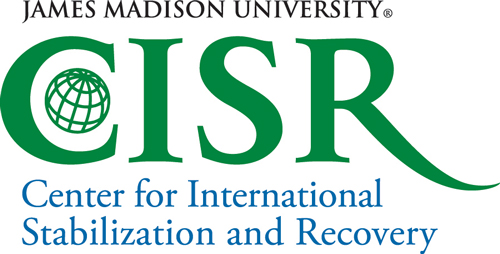Document Type
Article
Publication Date
2004
Recommended Citation
CISR, "Decision Tools Manual Humanitarian Mine Action Projects" (2004). CISR Studies and Reports. 7.
https://commons.lib.jmu.edu/cisr-studiesreports/7
Included in
Other Public Affairs, Public Policy and Public Administration Commons, Peace and Conflict Studies Commons, Policy Design, Analysis, and Evaluation Commons




Comments
In 2003, the United States Department of State, Bureau of Political-Military Affairs/Weapons Removal and Abatement, (PM/WRA) tasked the James Madison University Mine Action Information Center (MAIC) with producing a cost-benefit analysis of two demining programs to be used to develop a model to analyze the quantitative impacts, expected results, and suggested prioritization of mine clearance activities. Prioritization was to be accomplished within the context of socio-economic development programs. Lessons learned from UN guidance, earlier studies, experts in the mine action community, and field studies influenced the development of the decision tool for prioritization of humanitarian mine action projects. The MAIC team reviewed different methods of conducting cost-benefit analysis, including their usefulness and disadvantages, prior to field studies in Thailand and Ethiopia. These countries provided insight and first hand validation of the selection of parameters for a cost-benefit analysis model that would prioritize humanitarian mine action projects. Due to the difficulty in obtaining quantitative data, particularly for socio-economic factors, several multi-criteria approaches were also examined and the analytic hierarchy process was chosen for consideration. The report, “Decision Tools for Selection of Humanitarian Mine Action Projects,” (Knickrehm and Stewart 2004) was written in tandem with this manual and describes the background material and field study notes for the development of these models.